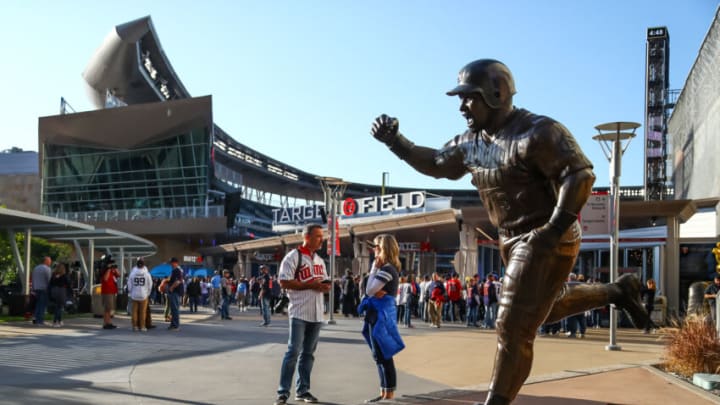
Minnesota Twins: Mount Rushmore is incomplete without Rod Carew
Next to Killebrew, Carew is a proverbial “Founding Father” on the Twins’ Mount Rushmore. He made his debut in 1967, won Rookie of the Year and didn’t miss an All-Star Game until his final season (with the California Angels) in 1985.
Carew’s pure bat-to-ball artistry was unrivaled, and still remarkable when considering it today. In 12 seasons as a Twin he was of course selected to the All-Star team 12 times. He missed the 1970 game due to injury, but started the other 11. He had two triples in his last All-Star game in a Minnesota uniform (1978).
Carew won seven batting titles as a Twin, including four straight (1972-1975). He finished a close third with a .331 mark in 1976, behind George Brett (.333) Hal McRae (.332), and that’s all that kept him from winning seven straight batting titles from 1972-1978.
Carew finished top-10 in MVP voting six times, including five straight years (1973-1977), winning the award once.
During that 1977 AL MVP campaign, Carew hit .388 and drove in 100 runs with a 1.019 OPS, while hitting more triples (16) than home runs (14).
Carew is the Twins’ all-time leader in bWAR (63.8), his .334 batting average is sure to remain untouched as the best in franchise history and his 2,085 hits as a Twin is still third.
